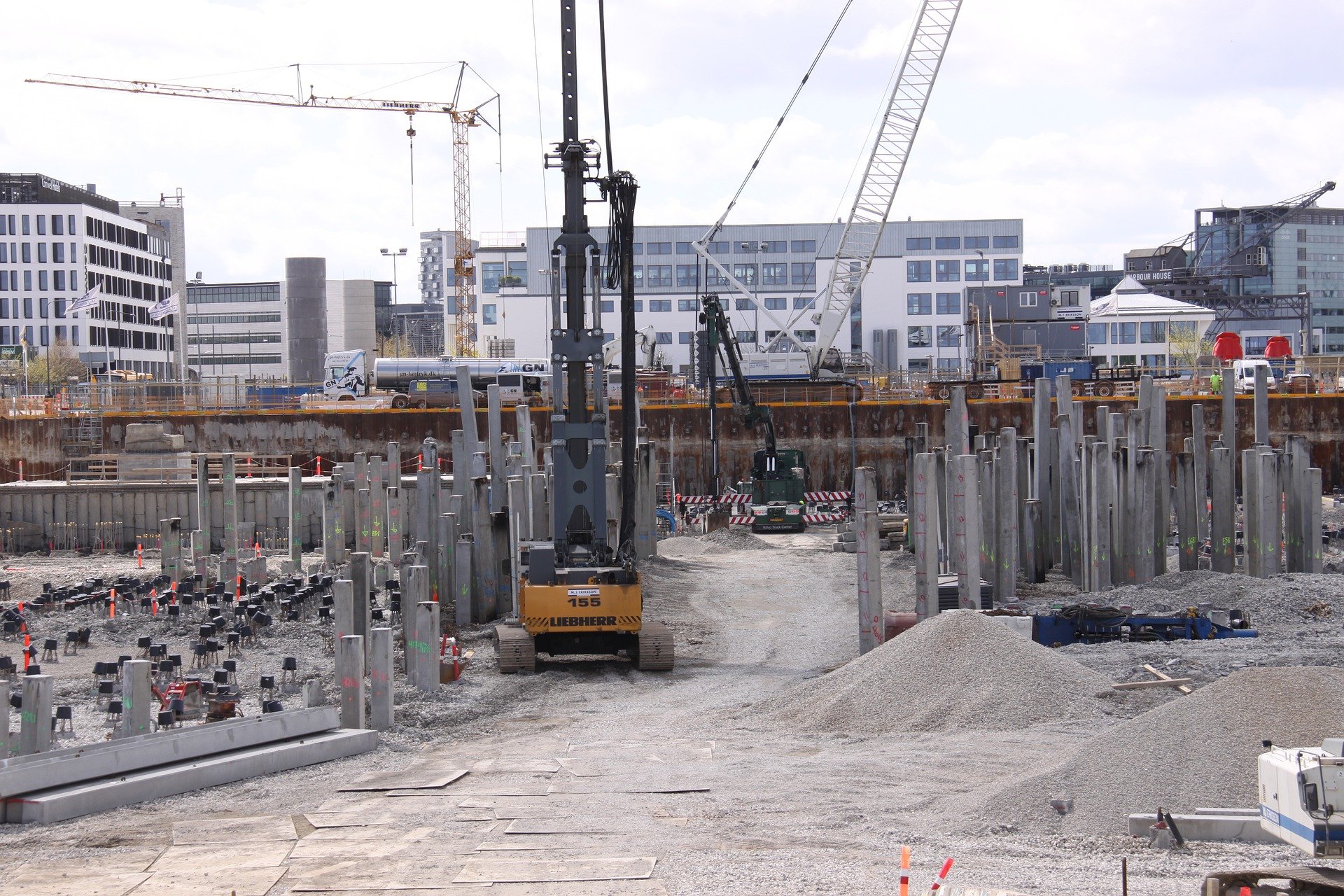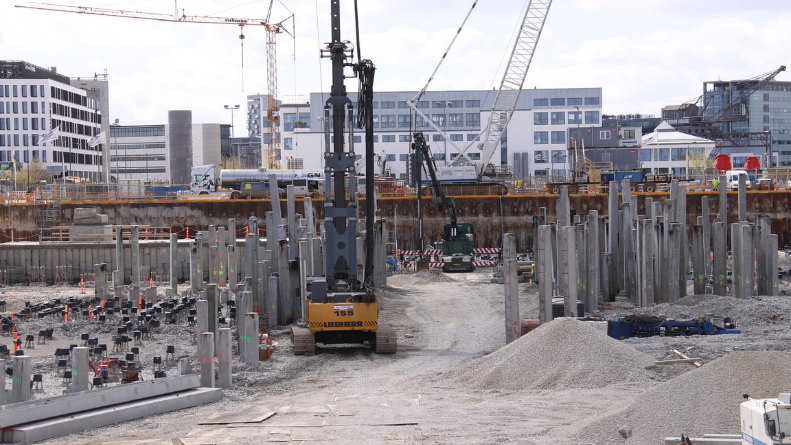What is the Cladding Tax?
The UK government has introduced a new cladding tax, a “Residential Property Developer Tax” announced in the budget, which will focus on major developer’s profits to help fund remedial work on buildings in the wake of the Grenfell fire incident. Rishi Sunak said that the new levy will help “ensure that the largest developers make a fair contribution to help pay for building safety remediations. The cladding tax will be charged at 4% on profits exceeding an annual allowance of £25 million.”
Estimates range as to how much it will cost the major property developers, with the country’s biggest homebuilders having to fork out as much as £200 million per year.
The government has pledged over £5 billion to fix the problem of dangerous cladding, with the Chancellor targeting the biggest developers to recoup about £2 billion. Much of the money will go to removing and replacing the dangerous cladding materials that cover high-rise buildings.

The new levy will come into force from April 2022 and will be in place for about ten years. It is hoped £200 million per year will be collected for “fair contribution” towards fixing the problem.
With the number of flats numbering in the hundreds of thousands with dangerous cladding, Mr. Rishi Sunak has said that the levied developers will gain from the pay-outs from renewed confidence in the housing market.
With the prospect of thousands of leaseholders incurring costs in the tens of thousands for remediation work, the government has stepped in to fund the cost of unsafe cladding for buildings of six storeys or higher. Leaseholders in blocks not covered by the 18 metre cut-off will have to pay up to £50 a month towards the loan for replacing the cladding.
The Effect on the Biggest Homebuilders
There have been mixed reactions over the course of the year since the new cladding tax was first proposed in February.
Barratt head David Thomas, for example, said back in February that he would back the levy to fund the removal of unsafe cladding. He said that residential developers had a “collective responsibility to be part of the solution” to the problem and that he would “support a fair, prospective levy as part of any way of easing the burden of homeowners without threatening the supply of much-needed new homes.”
Andrew Southern, chairman of property developer Southern Grove, however, said back in February that this kind of tax was the last thing that we need if the UK was to meet its homebuilding target and address the UKL housing crises: “This sort of regressive tax will only stagnate housebuilding, which is the exact opposite of what the UK needs. By applying it only to the largest developers building the tallest buildings, it will also disincentivise the creation of housing in the high-density areas that are badly in need of new stock. ”
Based upon a financial report of the eleven largest homebuilders’ pre-tax profits in 2019 of £5.4bn, £205 million in taxes a year will be raised by the UK’s largest homebuilders, based upon a 4% tax rate.
According to the financial report, at least four of the largest developers will pay more than £30 million, with Persimmon paying up to £41 million alone.
Clearly, the new cladding tax will prove challenging for the residential homebuilders’ sector as they tackle a variety of converging issues, like a recent hike in the cost of labour and building materials. In addition to these increased costs, profits have taken a plunge due to the pandemic – as shown by 2020 profits which halved and were down by 52%.
Furthermore, the new levy could have unintended consequences by reducing the number of much-needed housing units reaching the market. Stifling housing delivery can only exacerbate the UK housing crisis and, with demand remaining strong, can drive up house prices even further.
Unanswered questions
Housing associations, too, may be subjected to the new cladding tax. If so, how would it affect them? This could also have a detrimental impact on new homebuilding projects since they operate by recycling profits back into their businesses to build affordable housing for low-income earners.
Homebuilding activity may slow temporarily as these developers take time to consider their position and look at ways to restructure and offset or avoid tax liabilities, as any prudent large business would do.
“The £2bn to be raised by tax collection on developers is one thing, but another question yet remains to be answered, where will the remaining £3bn come from?” Jamie Johnson, CEO of FJP Investment, stated. Mr. Johnson also asked, “Does the government have any plans in place to help the industry to cover these costs?”
On the one hand, the government is asking residential property developers to step up and help solve the housing crisis by building more homes, and on the other hand, they are placing financial disincentives in the way. Of course, the risk exists that these additional costs will be passed onto leasehold buyers and renters, placing an upward pressure on affordability.
ARE YOU READY TO START INVESTING?
Subscribe to our mailing list now for exclusive deals, investment guides and the latest information from the property market.







